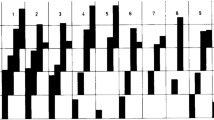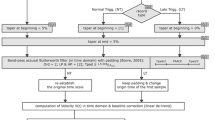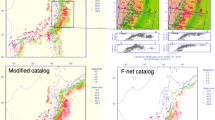Abstract
We compare traditional methods of seismic event location, based on phase pick data and analysis of events one-at-a-time, with a modern method based on cross-correlation measurements and joint analysis of numerous events. In application to four different regions representing different types of seismicity and monitored with networks of different station density, we present preliminary results indicating what fraction of seismic events may be amenable to analysis with modern methods. The latter can supply locations ten to a hundred times more precise than traditional methods. Since good locations of seismic sources are needed as the starting point for so many user communities, and potentially can be provided due to current improvements in easily-accessible computational capability, we advocate wide-scale application of modern methods in the routine production of bulletins of seismicity. This effort requires access to waveform archives from well-calibrated stations that have long operated at the same location.
Similar content being viewed by others
Author information
Authors and Affiliations
Corresponding author
Rights and permissions
About this article
Cite this article
Richards, P.G., Waldhauser, F., Schaff, D. et al. The Applicability of Modern Methods of Earthquake Location. Pure appl. geophys. 163, 351–372 (2006). https://doi.org/10.1007/s00024-005-0019-5
Received:
Accepted:
Issue Date:
DOI: https://doi.org/10.1007/s00024-005-0019-5




